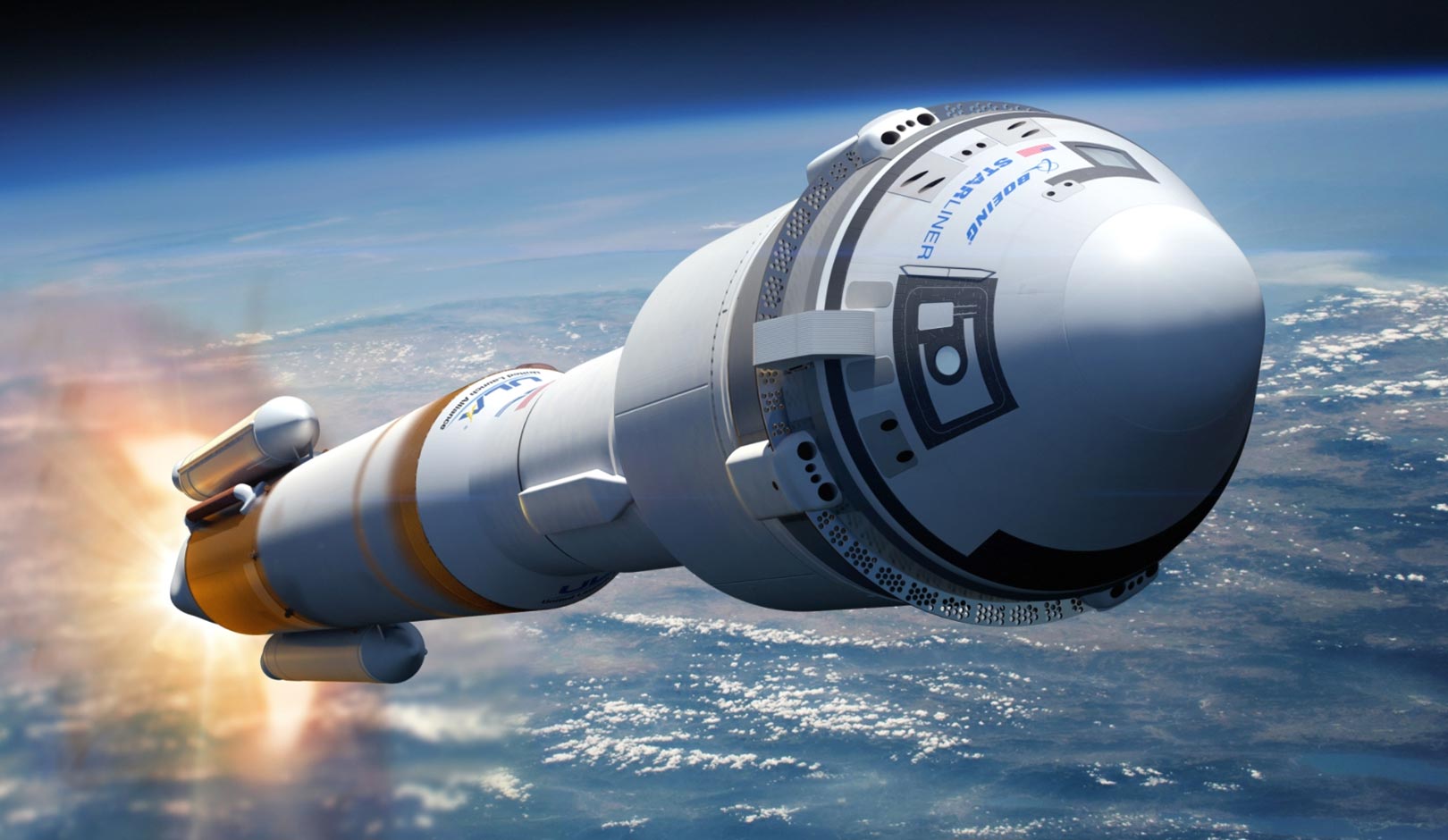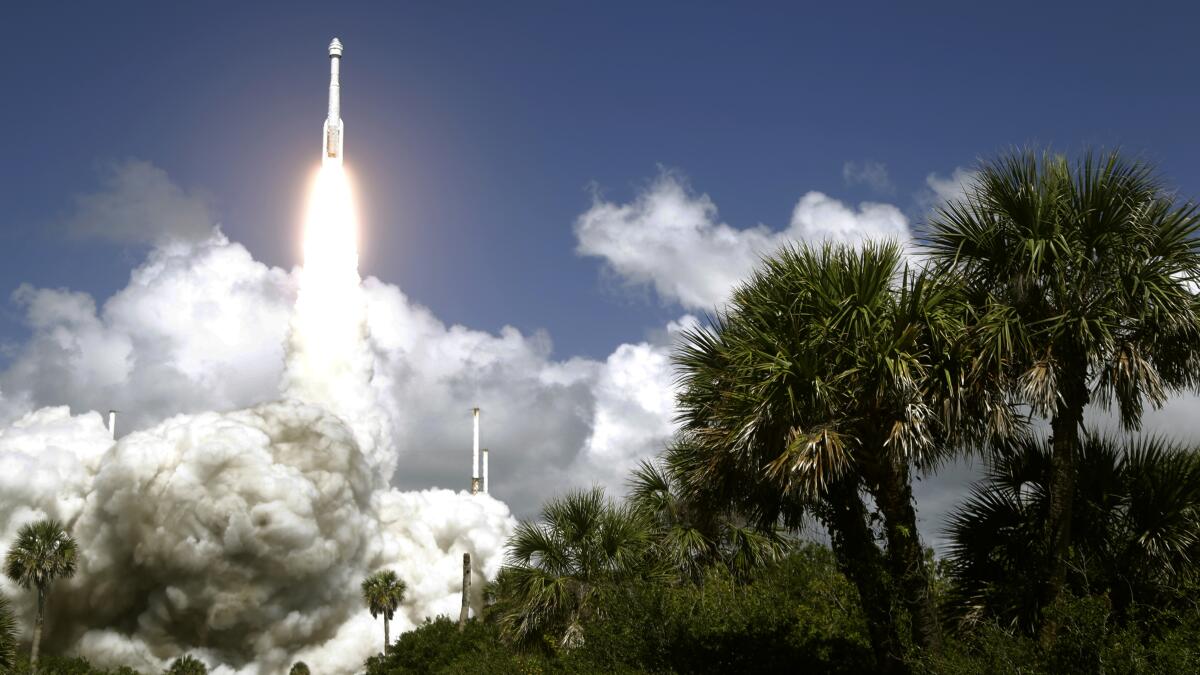NASA and Boeing Starliner Launch Preparations

Nasa, boeing starliner launch –
The National Aeronautics and Space Administration (NASA) and Boeing are gearing up for the launch of the Starliner spacecraft, a significant milestone in the agency’s commercial crew program. The launch is scheduled for July 30, 2023, from Cape Canaveral Space Force Station in Florida.
The recent launch of NASA’s Boeing Starliner marks a significant milestone in space exploration. While the mission encountered some setbacks, it showcased the resilience and innovation of the team behind it. In a similar vein, Master Torbin , a renowned spiritual guide, has dedicated his life to fostering resilience and unlocking the potential within individuals.
Just as the Starliner mission required collaboration and perseverance, Master Torbin’s teachings emphasize the importance of embracing challenges and seeking growth through adversity.
Spacecraft Design and Capabilities
The Starliner is a reusable spacecraft designed to carry astronauts to and from the International Space Station (ISS). It has a capacity for up to seven crew members and is equipped with advanced life support systems, avionics, and docking capabilities. The spacecraft is also capable of autonomous rendezvous and docking with the ISS.
The launch of NASA’s Boeing Starliner spacecraft, originally scheduled for today, has been postponed due to technical difficulties. While we await updates on the mission, it’s worth noting the recent news surrounding the untimely passing of singer Mandisa, whose cause of death remains under investigation.
Read more about Mandisa’s cause of death here. Meanwhile, the Boeing Starliner launch is expected to proceed as soon as the technical issues are resolved.
Mission Objectives
The primary objective of the Starliner’s first mission, known as Crew Flight Test (CFT), is to demonstrate the spacecraft’s ability to safely transport astronauts to and from the ISS. The mission will also test the spacecraft’s systems and performance in a real-world environment.
NASA and Boeing Collaboration
NASA and Boeing have worked closely together on the development and testing of the Starliner. NASA has provided funding and technical expertise, while Boeing has been responsible for the design, construction, and testing of the spacecraft. The collaboration has been essential in ensuring the success of the Starliner program.
Starliner’s Mission and Objectives
The Starliner mission is a crucial endeavor that embodies NASA’s aspirations for space exploration and scientific discovery. It embarks on a multifaceted scientific and exploration agenda, encompassing groundbreaking experiments and the deployment of state-of-the-art instruments. This mission is an integral component of NASA’s broader space exploration program, paving the way for future human missions to the Moon and Mars.
Scientific Goals, Nasa, boeing starliner launch
The Starliner mission carries a payload of cutting-edge experiments and instruments designed to advance our understanding of the universe and its mysteries. These include:
- Space Weather Monitoring: The mission will deploy sensors to monitor space weather conditions, providing valuable data on solar flares, coronal mass ejections, and other phenomena that can impact Earth’s infrastructure and communication systems.
- Microgravity Experiments: The mission will conduct experiments in microgravity to study the effects of space travel on human physiology, materials science, and other aspects of life in space.
- Earth Observation: The Starliner will carry instruments to collect data on Earth’s atmosphere, oceans, and landmasses, contributing to our understanding of climate change, natural disasters, and other environmental issues.
Exploration Goals
Beyond its scientific objectives, the Starliner mission also serves as a critical step in NASA’s exploration program. It will test the spacecraft’s capabilities for docking with the International Space Station (ISS) and conducting long-duration missions in low Earth orbit (LEO). This data will be invaluable for future missions to the Moon and Mars, where astronauts will need to rely on reliable and efficient spacecraft for transportation and habitation.
Challenges and Potential Impact of the Starliner Launch: Nasa, Boeing Starliner Launch

The Starliner launch, a significant milestone in space exploration, carries with it both challenges and potential rewards. Identifying and mitigating risks is crucial for mission success, shaping the future of space exploration.
Risks and Challenges
The Starliner launch faces several risks, including technical glitches, launch failures, and orbital maneuvers. These challenges stem from the complexity of spacecraft systems, the unforgiving nature of space, and the need for precise execution at every stage.
Mitigation Measures
NASA and Boeing have implemented comprehensive measures to mitigate these risks. Rigorous testing, simulations, and redundancies in spacecraft systems aim to minimize technical failures. Detailed launch procedures, weather monitoring, and contingency plans address launch risks. Mission controllers will closely monitor orbital maneuvers, utilizing ground-based support and autonomous systems for course corrections.
Potential Impact
The successful launch of Starliner will have a profound impact on space exploration. It will demonstrate the viability of commercial crew transportation to the International Space Station, reducing reliance on foreign launch systems. Moreover, it will pave the way for future missions to the Moon and Mars, enabling scientific research, resource exploration, and human expansion beyond Earth.
The highly anticipated launch of NASA’s Boeing Starliner spacecraft has captured the attention of space enthusiasts worldwide. While the mission has been postponed due to technical difficulties, the dedication of engineers and OSHA acolytes alike underscores the importance of meticulous safety protocols in the pursuit of space exploration.
As the countdown to launch resumes, the anticipation builds, promising a thrilling chapter in human spaceflight.
The long-awaited launch of NASA’s Boeing Starliner, initially scheduled for August 3, has been delayed once again. The spacecraft, which will ferry astronauts to and from the International Space Station, is now expected to lift off no earlier than October.
The delay is due to a technical issue that engineers are still working to resolve. While we wait for the Starliner to finally make its way into space, let’s take a moment to remember another high-profile case that involved a spacecraft and an American woman: the case of Amanda Knox.
Knox was accused of murdering her roommate in Italy in 2007, and the case drew international attention. She was eventually acquitted of all charges, but the ordeal had a profound impact on her life. The Starliner launch, when it finally happens, will be a reminder that space exploration is not without its risks, but it is also a testament to the human spirit’s indomitable desire to explore the unknown.
The recent successful launch of NASA’s Boeing Starliner marks a significant milestone in space exploration. While the focus remains on this historic event, it’s worth noting that the entertainment industry has also been abuzz with news surrounding actor Alec Baldwin.
As the Starliner continues its journey to the International Space Station, we can’t help but draw parallels to the complexities and challenges faced in both space exploration and the world of entertainment.
